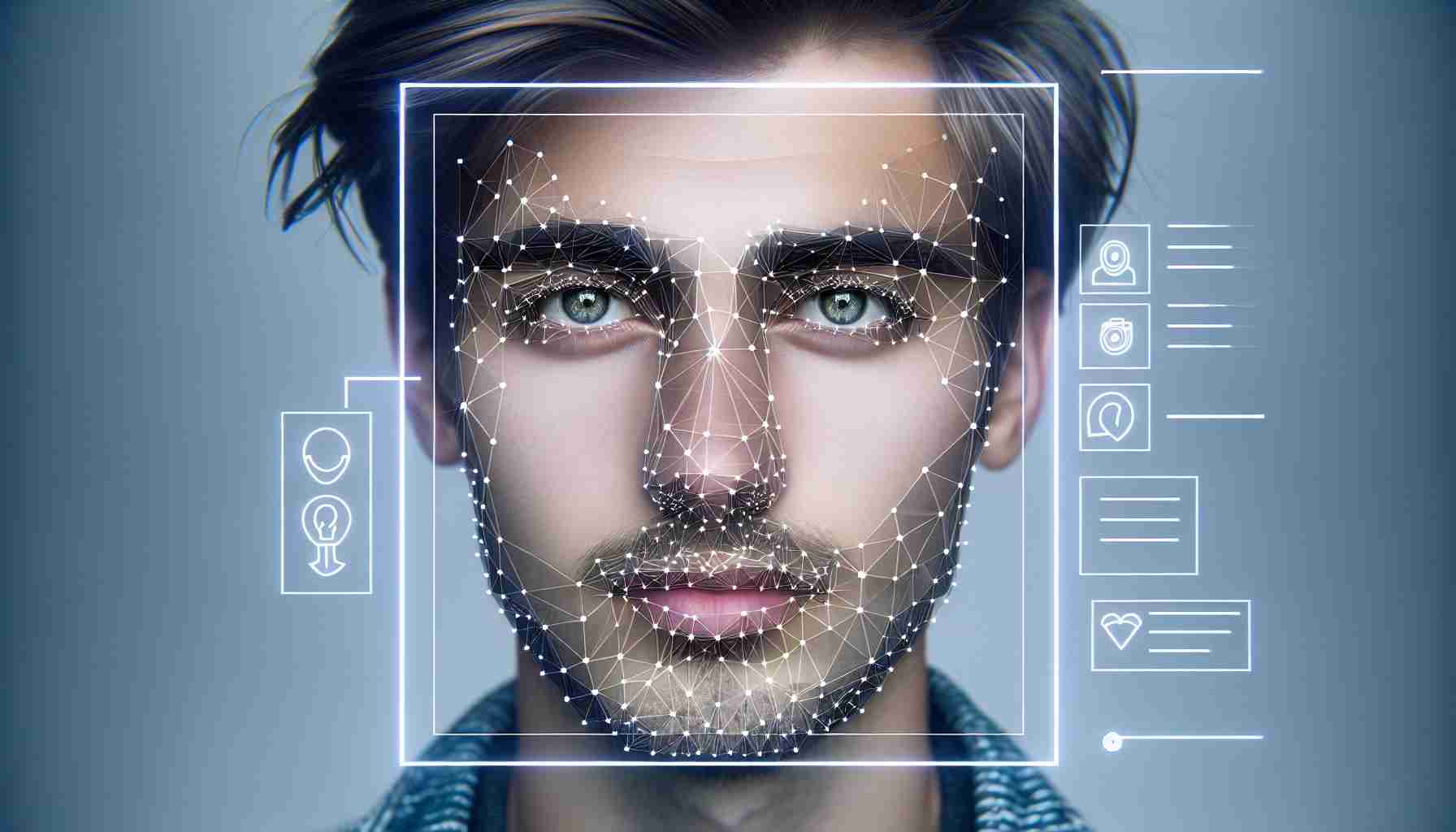Alibaba, one of China’s leading technology companies, has unveiled their newest AI tool called EMO, developed by their Institute for Intelligent Computing. This groundbreaking tool has the ability to convert static portrait photos into lifelike talking or singing videos, revolutionizing the way we interact with images. By directly converting audio waveforms into video frames, EMO generates realistic videos with superior expressiveness.
To achieve this impressive level of realism, researchers at Alibaba gathered a diverse dataset to train EMO. This extensive training allows the tool to accurately capture the movement and expressions of the subjects in the photos, creating dynamic videos that truly bring the images to life.
However, while EMO presents an exciting development in AI technology, there are some limitations to consider. The process of converting photos into videos can be time-consuming, and there is a possibility of unintended artifacts appearing due to the lack of explicit control signals for character motion. These factors highlight the ongoing challenges in perfecting AI algorithms and ensuring their seamless integration into various applications.
Alibaba’s EMO is yet another example of the transformative capabilities of artificial intelligence. As technology continues to advance, it is becoming increasingly vital to strike a balance between harnessing the potential benefits and addressing the concerns surrounding AI usage. The responsible development and deployment of AI tools, like EMO, will help shape a future where humans and machines can work together harmoniously.
In conclusion, Alibaba’s EMO AI tool represents a significant breakthrough in transforming photos into dynamic videos. Although there are challenges to overcome, the potential for this technology to enhance our visual experiences is undeniable. As we venture further into the realm of AI, it is crucial to ensure that its implementation aligns with our values and respects the boundaries of human control.
FAQ Section:
1. What is EMO?
EMO is an AI tool developed by Alibaba’s Institute for Intelligent Computing. It has the ability to convert static portrait photos into lifelike talking or singing videos, enhancing our interaction with images.
2. How does EMO work?
EMO directly converts audio waveforms into video frames, resulting in realistic videos with superior expressiveness. Researchers at Alibaba trained EMO using a diverse dataset, enabling it to accurately capture movement and expressions from the subjects in the photos.
3. What are the limitations of EMO?
The process of converting photos into videos can be time-consuming, and there is a possibility of unintended artifacts appearing due to the lack of explicit control signals for character motion. These limitations highlight the ongoing challenges in perfecting AI algorithms for seamless integration into various applications.
Definitions:
– AI: Artificial Intelligence – the simulation of human intelligence in machines that can perform tasks traditionally requiring human intelligence.
– Dataset: A collection of data used for training and testing AI algorithms or models.
– Expressiveness: The ability to convey emotions or meaning effectively.
– Artifacts: Unintended visual or audio distortions or anomalies that may appear in media due to technical limitations or errors.
Suggested Related Links:
The source of the article is from the blog revistatenerife.com

